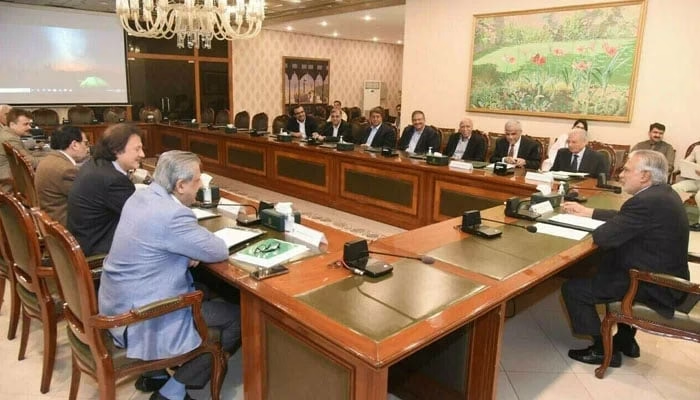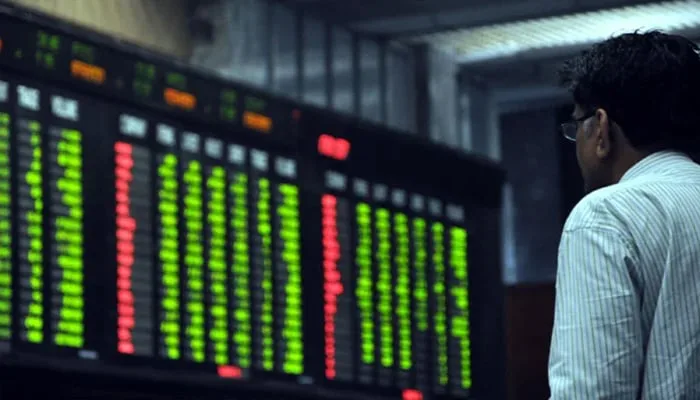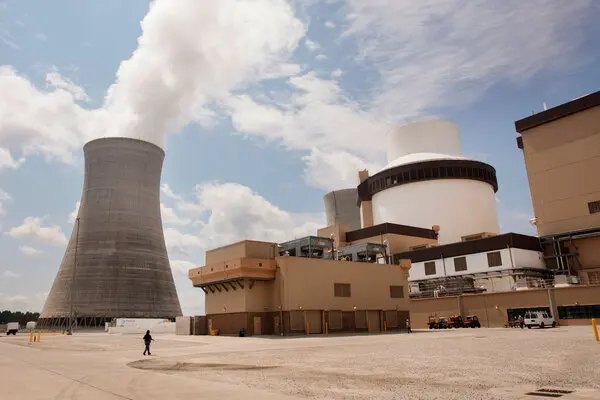A high-stakes meeting chaired by Deputy Prime Minister Ishaq Dar regarding the rising sugar prices has revealed deep tensions between the government and sugar mill owners. The discussion, which aimed to stabilize the market and protect consumers, ended without a final resolution as mill owners resisted price control measures.
Sugar Mill Owners Push Back on Price Regulation
According to inside sources, sugar mill owners refused to relinquish their control over pricing for commercial consumers. The government had proposed setting the ex-mill sugar price at Rs. 159 per kg, but mill owners were only willing to comply for one month—a condition that the government team strongly opposed.
The primary conflict emerged when sugar mill owners insisted on a dual pricing system, where:
- Lower-priced sugar would be available for domestic consumers.
- Higher-priced sugar would be supplied to commercial buyers, such as beverage companies and bakeries.
However, the government rejected this two-tier pricing strategy, arguing that a single price must be enforced to prevent market exploitation and artificial shortages.
Ishaq Dar Urges Sugar Mill Owners to Lower Retail Prices
During the discussion, Deputy Prime Minister Ishaq Dar firmly urged mill owners to reduce retail sugar prices, emphasizing that inflation has already burdened households across Pakistan.
The government cannot allow sugar mill owners to manipulate prices at the cost of the common man,said a senior official.
Mill owners responded by stating that they are willing to provide cheaper sugar for households but will continue to charge higher rates for commercial buyers.
The Sugarcane Price Controversy: Farmers vs. Market Reality
Another major point of contention was the sugarcane procurement price. According to mill owners, this year’s sugarcane prices were exceptionally high, reaching Rs. 700 to Rs. 750 per maund. However, the government team countered these claims, stating that farmers were actually paid only Rs. 350 per maund.
This contradiction raised serious concerns about how mill owners are justifying high sugar prices, despite allegedly paying farmers less than claimed.
The key question posed by the government was:
How will it be ensured that the cheaper sugar allocated for domestic consumers does not end up being sold to commercial buyers at inflated rates?
Fears of Market Manipulation and Artificial Shortages
Government officials warned that allowing mill owners to maintain a dual pricing system would encourage hoarding and market manipulation. If commercial buyers get access to subsidized sugar, it could create a shortage for domestic consumers, ultimately driving prices even higher.
A senior member of the government team explained:
There is no guarantee that sugar designated for households will actually reach them. Marketers could easily sell it to bakeries and beverage manufacturers at commercial rates, worsening the crisis.
Deadlock Leads to Another Urgent Meeting
As tensions escalated and no common ground was reached, it was decided that another high-level meeting will be convened soon to find a workable solution.
The next meeting is expected to determine a final decision regarding:
- The implementation of a single pricing system.
- A transparent mechanism to ensure subsidized sugar reaches household consumers.
- The role of market regulators in preventing hoarding and price manipulation.
What’s Next for Consumers?
While the government is pushing for price control, mill owners continue to fight for unrestricted pricing power. If a resolution is not reached soon, the sugar crisis could worsen, leading to further price hikes and market instability.
For now, all eyes are on the upcoming meeting, which will play a crucial role in shaping Pakistan’s sugar market policies in the coming weeks. Will the government enforce stricter regulations, or will mill owners prevail? Only time will tell.



